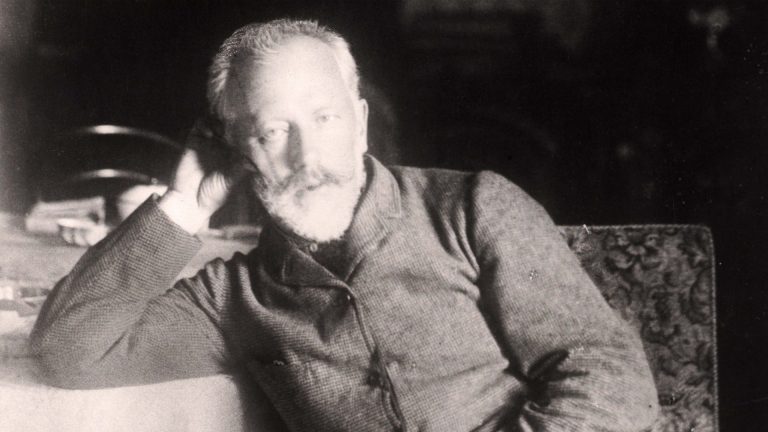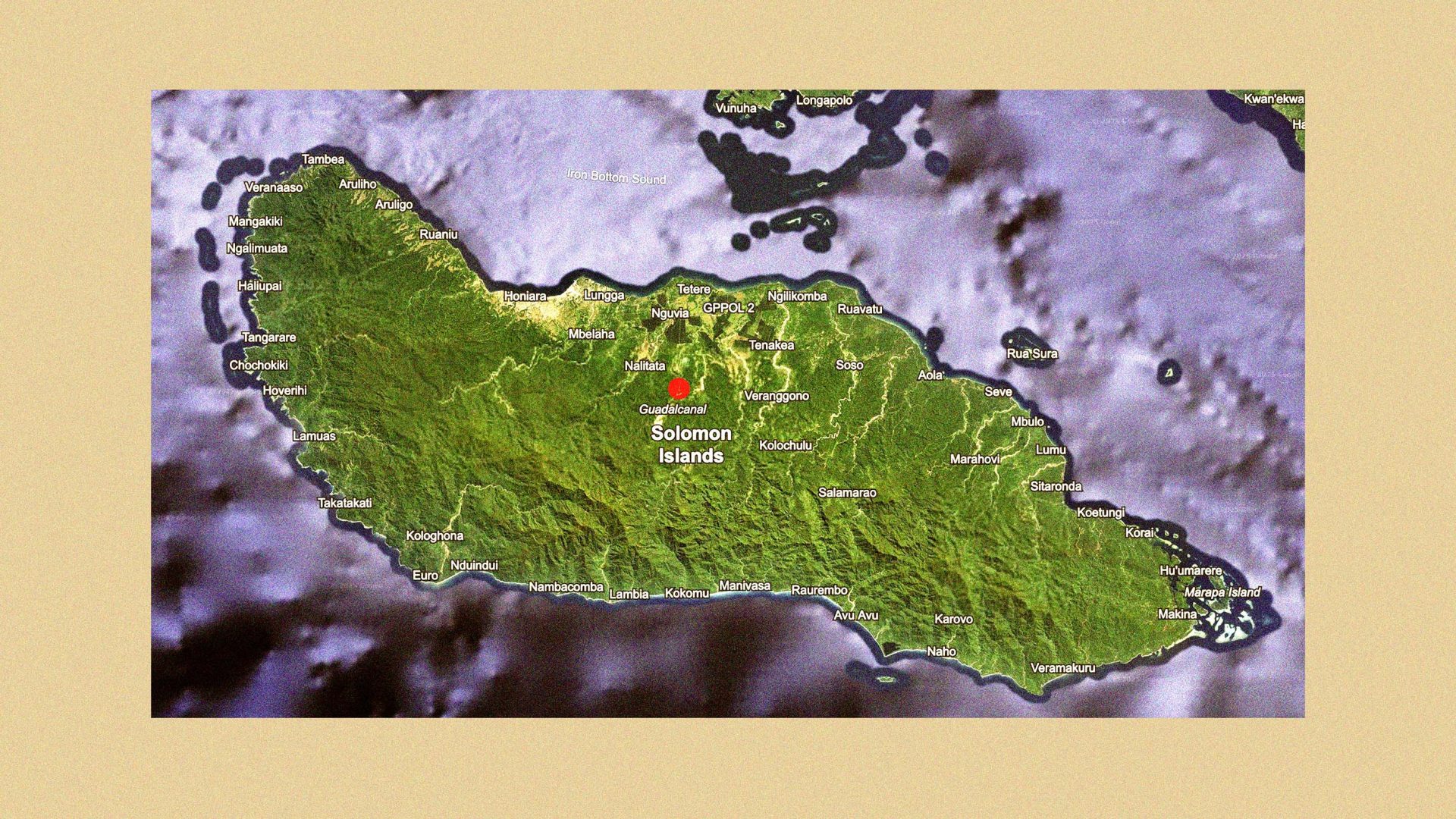There are many Americans, especially members of older generations, who will be rather familiar with the name Guadalcanal. It is one of the Solomon Islands of the South Pacific Ocean, which lie in the western part of the South Pacific, to the north-east of Australia.
The name of this particular island is deeply associated in the American psyche with the horribly ferocious second world war battles between Japanese and American forces which took place there over the course of 1942-1943 and resulted in many thousands of deaths and other casualties.
The indigenous name of the island is Isatabu. The Spanish-origin name Guadalcanal arrived in the 1500s together with the Spanish navigators – under the leadership of Álvaro de Mendaña de Neira – who were the first Europeans to arrive in the Solomons. The name itself was brought from the village of Guadalcanal, thousands of miles away in the province of Seville in Andalucía, which was the birthplace of Pedro de Ortega Valencia, one of the members of Mendaña’s expedition.
The etymology of the name of the Spanish village, and thus of the island, is of considerable linguistic interest. It has no connection at all with any kind of canal. Rather, it originates in the Arabic phrase wadi al-qanal meaning “wadi of the stalls”, which referred to the refreshment stalls that were set up for travellers during the period of Muslim Arabic-Berber rule in southern Iberia. The name Guadalcanal contains remnants of the originally Arabic element wadi in the form of guad-.
Suggested Reading


Why does English have Tchaikovsky off to a tee?
According to the Oxford English Dictionary, the Arabic word wadi was first used in English in 1841 and refers “in certain Arabic-speaking countries, to a ravine or valley which in the rainy season becomes a watercourse”; and/or “the stream or torrent running through such a ravine”.
Wadi Rum in Jordan is the well-known spectacular tourist destination which featured in films such as Lawrence of Arabia and Star Wars. It was used in real life as a base by TE Lawrence and his guerrilla fighters in their first world war campaigns during the Arab Revolt against the Ottoman Turks, which played an important part in the dissolution of the Ottoman empire.
So wadi is a very well-travelled word indeed, having made it all the way from the deserts of Arabia to the remote reaches of the far Southern Ocean.
It also occurs (again as guad-) as part of the name of the French Caribbean island territory of Guadeloupe, named Santa María de Guadalupe by Columbus after a shrine to the Virgin Mary in the originally Islamic Andalucían Spanish village of Guadalupe in Extramadura, Spain. It was called Karukera “the island of beautiful waters” by the native Arawak inhabitants.
The wadi place-name element was also transported to Texas, where the Guadalupe River, also named after the Virgin Mary of Guadalupe by Spanish explorers, has recently featured in the news after being at the centre of devastating flooding. These recent torrents in Texas evoke the ancient Arabic meaning of wadi as a river valley potentially prone to flash-flooding, which tragically came true with a vengeance in this 21st century English- and Spanish-speaking area of North America, resulting in well over 100 deaths.
Solomon Islands
Stemming from finds of gold on Guadalcanal, the name which was eventually adopted for the Solomons archipelago came from the belief, or at least hope, on the part of the earliest Spanish Catholic arrivals and their backers in Spain that they had discovered the source of the enormous and quite possibly not entirely mythical wealth of the Biblical King Solomon, who ruled Israel from about 970 to 931 BC.




